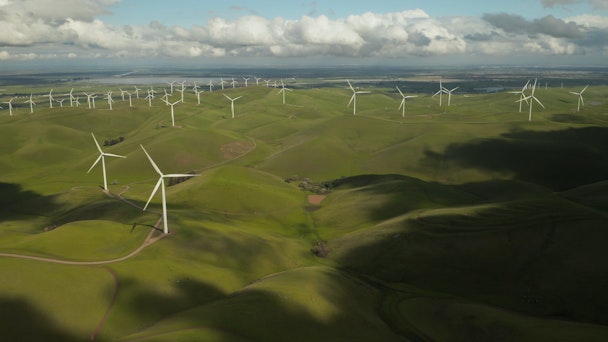How to reduce the carbon impact of your digital platform
In its latest white paper, design and technology agency Rufus Leonard explores how brands can make real, tangible reductions to the carbon impact of their digital platforms. Sandro Petterle, chief technology officer, explains the three most energy-consuming areas of any tech stack, and how to start reducing them.

Rufus Leonard on how marketers can better integrate their solutions to create a more holistic ecosystem
As business leaders explore how they can make sustainability-focused changes that go beyond business-as-usual sustainability practices, questions often arise about how to reduce a company’s digital footprint, and what savings or profits might stem from it. A recent HSBC report highlights 73% of UK companies plan to introduce net-zero emissions goals to their operations, and 78% expect this greater focus on sustainability to result in increased sales over the next year.
There’s plenty of scope to reduce environmental impact across digital platforms – from choosing the architecture to hosting, site design and build, and how you manage your content – across the three most energy-consuming areas:
1. Data centers
Most data centers and hosting providers offset their emissions and aim to use as much renewable energy as possible. When conducting platform selection, consider the hosting providers’ power usage efficiency (PUE), renewable resources and offsetting commitments. Note: there is some displacement of that renewable energy that could be put to better use, so ideally you would create a solution that’s less compute-intensive.
2. Transmission networks
Associated data transfer from your transmission network is the most commonly-used metric for how green your page is. This is partially because it is one of the easiest to measure, factoring in the number of megabytes transferred and how far they have to travel. According to IEA, data transmission networks across the globe consumed 260-340 TWh in 2020 – that’s 1.1-1.4% of global electricity use.
The most common way to reduce the distance your data travels is to host it near the end-user. This is called edge computing or ‘hosting on the edge’ – putting your assets, and ideally your entire website, on a content delivery network (CDN) in a location near to the user devices where it’s being gathered, rather than a location that could be thousands of miles away.
3. End-user devices
These reflect the energy needed to power the website you’re using. This energy could be used by the central processing unit (CPU) required to run it, or the screen energy required to display the site.
Take a moment to consider the design of your pages, as high JavaScript sites with videos use a lot of CPU (plus videos use a lot of transmission) and light-colored sites use lots of pixel energy. Even red, green and blue have different energy consumptions.
Faster sites that load pages quickly also perform better in SEO, so there are commercial benefits to be had too.
Once areas of highest carbon impact have been established, not only is it a social responsibility to improve them, it’s a clear opportunity as a leader to differentiate from the market and build a better, more competitive business. And with those 73% of UK companies introducing net-zero emissions goals into their strategies, businesses that don’t grab the chance to make real sustainable improvements using technology updates and innovation risk being left behind.
Download ‘How to put sustainability at the heart of your digital platform’ to discover more actionable advice on working toward a truly sustainable platform, including how to select the best architecture to support your sustainability goals; limit data transfer across your network; shift demand to limit waste; and make sustainable choices with infrastructure and storage.
Content by The Drum Network member:

Rufus Leonard
Rufus Leonard is an independent agency who builds category-defining service brands through design & technology. We act as the catalyst for service brands with...
Find out more
